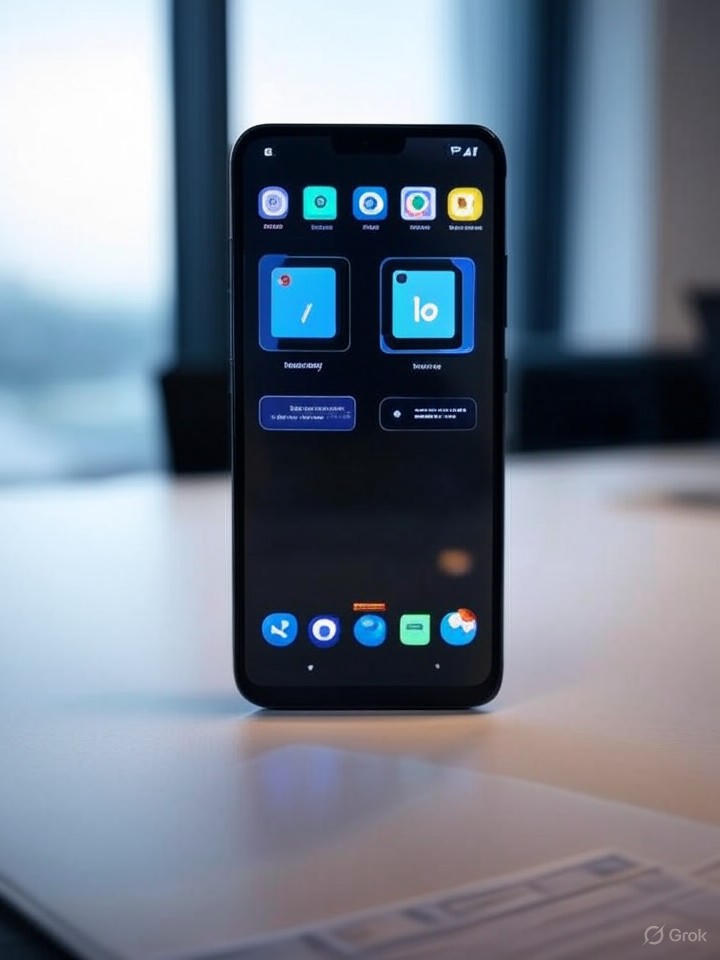In the ever-evolving world of mobile security, Google is pushing boundaries with Android 16, introducing enhancements that could redefine how users safeguard their devices. A recent development spotted in testing phases reveals a new interface designed to inform users about apps that leverage the system’s Advanced Protection mode. This mode, which fortifies devices against sophisticated threats, is gaining traction as a critical tool for high-risk individuals like journalists and executives.
The feature in question allows users to view a dedicated list of applications that activate additional security measures when Advanced Protection is enabled. According to details uncovered in an APK teardown by Android Authority, this interface will appear within the device’s security settings, providing transparency into which apps are adapting to the heightened protection level. It’s a subtle yet significant update, addressing a common user pain point: understanding how system-wide security influences individual app behaviors.
Unlocking the Mechanics of Advanced Protection
At its core, Advanced Protection mode in Android 16 builds on Google’s longstanding program for high-security needs, requiring two-factor authentication and restricting app installations to verified sources. When toggled on, it prompts compatible apps to ramp up their defenses, such as enabling stricter data encryption or limiting access to sensitive features. This isn’t just theoretical; early reports from beta testers, as shared in a Reddit thread on r/Android, highlight how it creates a “locked-down” environment that deters phishing and malware.
Industry observers note that this mode integrates seamlessly with Google’s ecosystem, including services like Chrome, where it enhances browsing security. A hands-on exploration by Android Authority emphasizes its ease of activation, recommending it for anyone prioritizing data integrity over convenience. However, it’s not without trade-offs—features like fast charging may require device unlocking, as detailed in a report from Pokde.Net.
Implications for App Developers and Users
For app developers, the new app list interface signals a call to action. By querying an API introduced in Android 16, apps can detect if Advanced Protection is active and adjust accordingly, potentially unlocking premium security layers. This API, first discussed in a February analysis by Android Authority, empowers developers to create more responsive software, fostering a ecosystem where security is proactive rather than reactive.
Users, particularly those in sensitive professions, stand to benefit immensely. Enabling the mode transforms a standard smartphone into a fortified vault, defending against threats like device theft or targeted hacks. Insights from Digital Trends describe it as a “digital bodyguard,” underscoring its role in everyday protection without overwhelming complexity.
Broader Industry Ripple Effects
As Android 16 rolls out, this feature could influence competitors like Apple, which has its own lockdown modes in iOS. Google’s approach, detailed in a May overview by India Today, emphasizes accessibility, making advanced security available to all rather than just enterprise users. Yet, questions remain about adoption rates—will convenience-minded consumers embrace the added friction?
Looking ahead, integrations with device manufacturers like Samsung, as covered in a July piece from Android Authority, suggest broader compatibility through updates like One UI 8. This could standardize high-level protection across the Android spectrum, potentially reducing vulnerabilities in a threat-heavy digital environment.
Challenges and Future Prospects
Critics argue that while innovative, the mode might introduce usability hurdles, such as delayed app responses or restricted functionalities. A closer look in an APK teardown by Android Authority reveals screenshots of the setup process, illustrating its user-friendly design but also hinting at the need for better education on its impacts.
Ultimately, Google’s testing of this app list feature positions Android 16 as a leader in mobile security innovation. By demystifying how apps interact with system protections, it empowers users to make informed decisions, bridging the gap between advanced tech and practical defense. As more details emerge, industry insiders will watch closely to see if this becomes a benchmark for secure computing.




 WebProNews is an iEntry Publication
WebProNews is an iEntry Publication